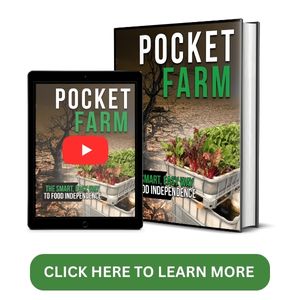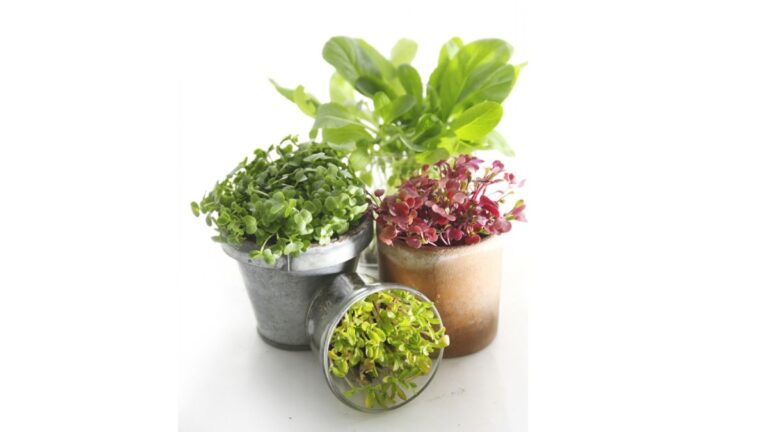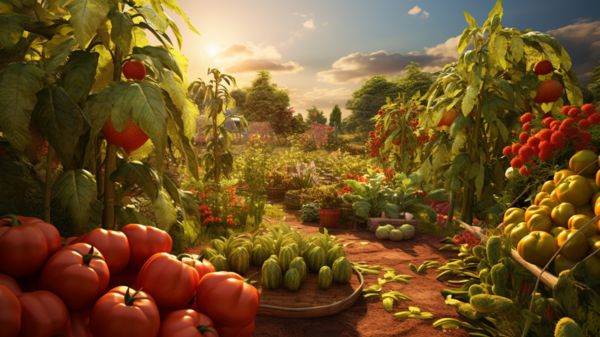3 Best Methods to Initiate Home-based Urban Farming
Looking to turn your urban dwelling into a green oasis? Look no further! We’ve got the three best methods on how to start urban farming at home and kickstart your home-based urban farming journey.
With container gardening, vertical farming, and aquaponics, you can transform even the smallest of spaces into a thriving ecosystem.
Whether you’re a seasoned green thumb or just starting out, these methods offer a practical and engaging way to connect with nature and create a sense of belonging right in your own backyard.
Let’s dive in and start growing!
Container Gardening
Container gardening is a convenient and practical way to cultivate plants in a limited space, using containers such as pots, baskets, or even recycled materials. It provides an opportunity for individuals living in urban areas or with limited outdoor space to still enjoy the benefits of gardening.
Urban rooftop gardens have gained popularity in recent years, allowing people to transform unused rooftop spaces into lush gardens. This not only beautifies the cityscape but also provides a sense of belonging and connection to nature.
Another option for limited space is indoor hydroponics, which involves growing plants in nutrient-rich water without the need for soil. This method allows for year-round gardening and can be done in small spaces, such as apartments or even on countertops.
Container gardening, whether through rooftop gardens or indoor hydroponics, offers a practical solution for urban dwellers who desire to cultivate plants and create a sense of belonging in their limited spaces.
Vertical Farming
The vertical farming technique is a game-changer for sustainable agriculture in urban areas. The concept involves growing plants vertically, using indoor farming techniques. This method maximizes space utilization and allows for year-round crop production.
Vertical farming offers numerous benefits. Firstly, it significantly reduces water usage, as the plants are grown in a controlled environment with efficient irrigation systems. Secondly, it requires minimal pesticide use, ensuring healthier and safer produce. Additionally, vertical farming eliminates the need for transportation over long distances, reducing carbon emissions and promoting local food production.
Setting up a vertical farm at home is easier than you might think. With the right equipment, such as vertical racks or hydroponic systems, you can create a thriving indoor garden. Start by choosing crops that are suitable for vertical growing, like leafy greens or herbs. Provide adequate lighting and nutrients, and monitor temperature and humidity levels to ensure optimal growth.
Aquaponics
To continue our exploration of sustainable agriculture in urban areas, let’s delve into the fascinating world of aquaponics.
Aquaponics is a system that combines hydroponics and organic farming, creating a symbiotic relationship between plants and aquatic animals. In this system, fish waste provides the nutrients needed for plant growth, while the plants filter the water, creating a clean environment for the fish. This closed-loop system requires less water and eliminates the need for synthetic fertilizers or pesticides.
Aquaponics offers numerous benefits for urban farmers. It allows you to grow a wide variety of crops in a small space, making it ideal for limited urban areas. Additionally, the system is efficient and requires minimal maintenance, making it suitable for busy urban dwellers. By practicing aquaponics, you can enjoy fresh, organic produce right from your home, while also reducing your ecological footprint.
Conclusion
Urban farming offers a practical and engaging solution for growing your own food at home. Whether you choose container gardening, vertical farming, or aquaponics, these methods can help you maximize limited space and resources.
Did you know that according to a study by the United Nations, urban agriculture can contribute up to 15% of global food production? This statistic highlights the potential impact of urban farming in addressing food security and sustainability challenges.
So why not give it a try and start growing your own fresh produce today?







